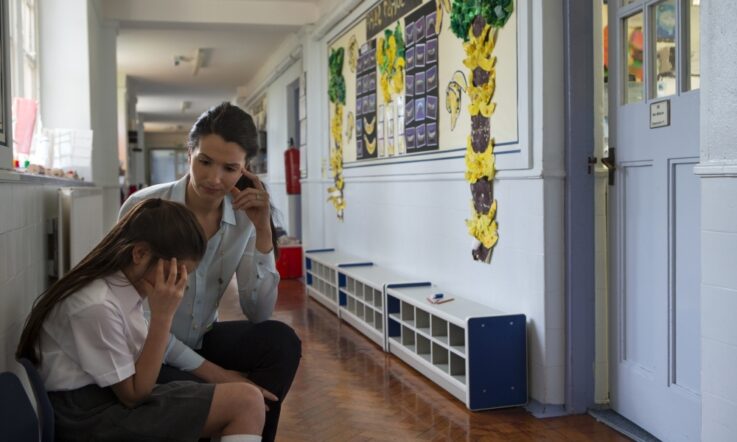Teachers, Students and the Law, written by barrister and educator Vivien Millane, is a plain language guide to the main areas of law relevant to the teacher-student relationship in Australian schools. Topics covered include cyberbullying, sexual assault, duty of care, discrimination, privacy laws and pandemics. The newly-published 5th Edition incorporates revised and updated information.
This exclusive extract for Teacher readers offers advice on duty of care requirements and the welfare and safety of students during periods of remote learning, and their return to classrooms.
Attendance and learning
The fact that students are at home does not absolve teachers of their duty of care. For the duration of the school day, students are effectively at school but working from a remote location. You are advised to:
- monitor attendance through a checklist provided by virtual classroom technology or regular check-in procedures
- hold classes during normal school hours
- inform students and parents of the online requirements and your expectations of students
- teach the curriculum using web-based tools suited to the technology and skills of students
- regularly assess student progress and give feedback
- provide opportunities for all students to learn.
Welfare and safety
Web-based learning frees the student and the teacher from the controls operating in a physical classroom setting. While it can extend the scope of the learning experience, it opens the student to dangers inherent in the technology. To protect students, you are advised to:
- only use communication channels and software approved by the school
- make regular contact with students to check on their welfare
- maintain your professional appearance and tone
- not be drawn into personal conversations
- establish clear expectations of students’ online behaviour
- report to the school and make provision for a welfare check on students who fail to sign in to virtual classes or to check in on a regular basis
- resist being drawn into providing advice outside your learning areas
- refer any student in need of counselling to the appropriate professional services
- remember your legal obligations, including mandatory reporting
- keep in mind when running virtual classrooms or group sessions that some students may feel vulnerable in their home environment.
Group sessions bring the classroom into the student’s home, possibly exposing hurtful comparisons. To protect students from embarrassment or bullying:
- it is preferable that group sessions be conducted in anonymous settings by blurring backgrounds or changing background images. Software should be chosen that allows the student to do this and students should be trained to place themselves in an anonymous setting
- students should be instructed to present themselves at virtual classes in their school uniforms or in clean and neat clothes.
For the safety of both the student and the teacher and to avoid grooming or any accusations of grooming:
- you should not hold private one-on-one conferencing sessions with a student
- if there is a need for a one-on-one session, you should make sure that the student has a parent or another adult present; or
- you should have another teacher as witness to the conversation.
As a pandemic comes under control, the school moves to recovery mode. The students return to their classrooms. The teachers and the support staff now have a duty to keep the students safe in the classroom and to prevent the spread of disease. If social distancing is required, this can be achieved by:
- arranging classrooms so that students are spaced according to recommended state or federal health guidelines
- conducting outside lessons where possible
- staggering lesson and arrival times so that students don’t all arrive and leave at the same time
- employing group work only in situations where social distancing can be achieved.
Hygiene will still be of the utmost importance, with classrooms being regularly cleaned, equipment disinfected and posters displaying required hygiene practices remaining in prominent positions.
Teachers, Students and the Law: A quick reference guide for Australian teachers, 5th Edition, by Vivien Millane, is published by ACER Press and available to order now via the link.
Thinking about your own teaching practice online:
When you carry out group learning sessions do you ensure students blur backgrounds or use background images to protect them from possible embarrassment or bullying?
How often do you check in with students about their welfare? What do you do if students fail to sign in to virtual classes?



